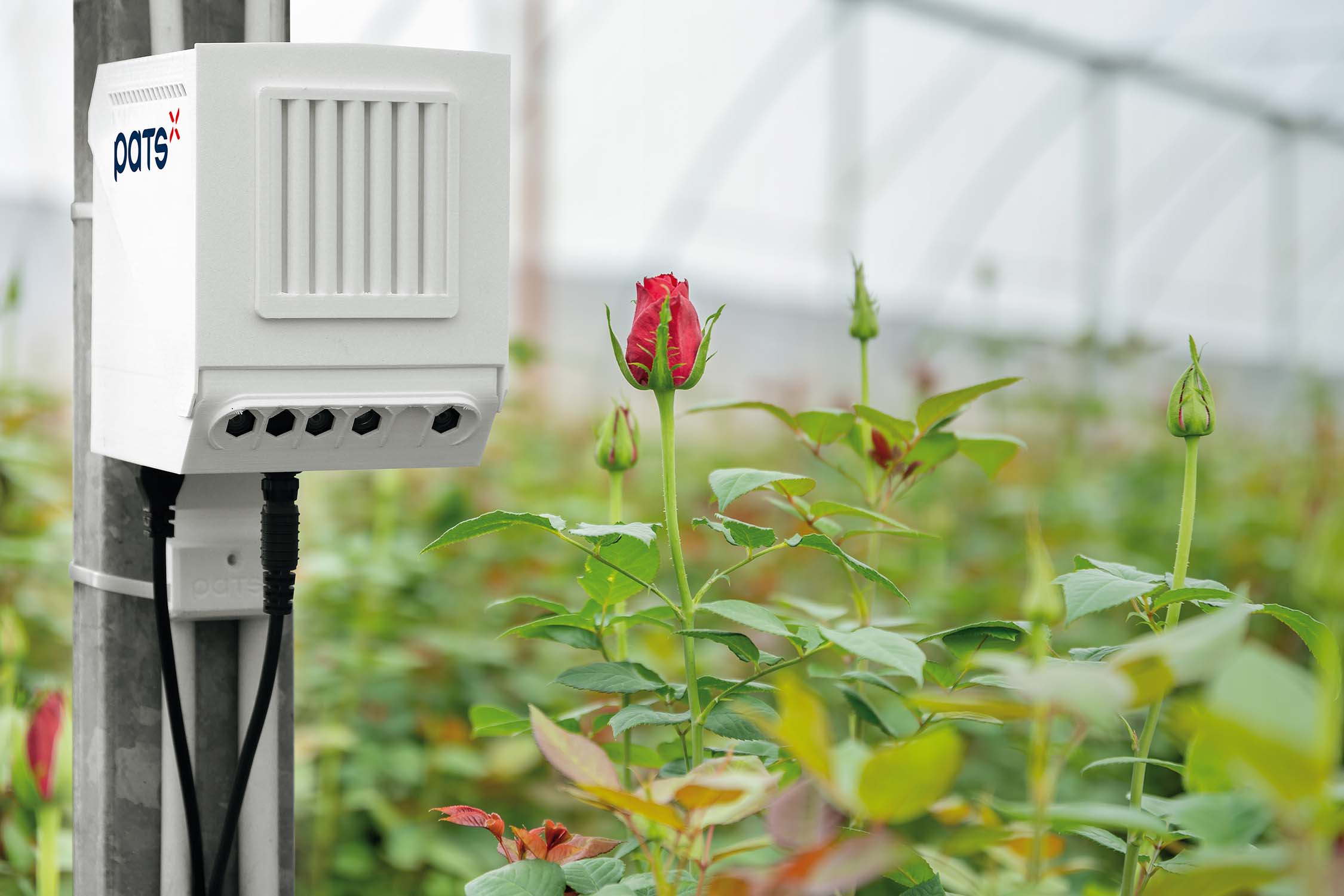
In the world of horticulture, few topics stir as much debate — and passion — as crop protection. For growers, the questions are never simple: How do you keep plants healthy, meet consumer expectations, and satisfy ever-stricter regulations? And perhaps most daunting of all — what does it take to grow without chemicals?
The Changing Rules of the Game
For many growers, the rules seem to shift constantly. Regulations differ from one country to the next, and retailers often layer their own requirements on top. “We follow the importing country’s laws, of course,” one grower explains, “but retailers sometimes demand even stricter standards. Chemical pesticides are viewed with suspicion — not always fairly. For most consumers, it’s impossible to tell the difference between harmful and harmless products. That’s why we believe the only real solution is to move toward completely chemical-free growing. It’s not just the future — it’s a necessary step. And we’re ready.”
Rethinking Plant Protection
That mindset didn’t arrive overnight. It has taken years of trial, error, and gradual change. “We’ve already cut back a lot. Now we only use approved ‘green’ crop protection products with minimal environmental impact,” the grower says.
But the vision goes further: greenhouses entirely free of chemicals. That means adopting a whole new way of working. Instead of waiting for problems to appear, growers must constantly scout for pests, act early with biological products, and introduce natural enemies to keep plants healthy. “It’s about learning to farm differently,” he says, “and working closely with companies that specialize in biological pest control. Nature already has its own answers — we’re just learning how to use them. Chemicals disrupt that balance. That’s why we’re determined to leave them behind. Honestly, I’m proud of how far we’ve come.”
Perfection Through Imperfection
The shift isn’t just technical — it’s cultural. Consumers, too, have a role to play. “When you grow more naturally, plants won’t always look perfect,” the grower admits with a smile. “But that’s part of sustainability: perfection through imperfection. We want people to see that, and many do — they care about what they’re buying.”
Some growers already provide retailers with detailed documentation proving their plants are safe for people and pets. Still, one grower believes a consumer-friendly label would go even further. “Transparency builds trust,” he says. “The more openly we share our story, the stronger the connection to sustainable products will be.”
Inspections, Labels, and the Road Ahead
Behind the scenes, the work is rigorous. Sustainability isn’t just a philosophy; it’s a system of checks and balances. “We’re audited all the time,” the grower explains. “MPS runs yearly audits, with a major one every three years. Authorities test our water quality, municipalities review workforce practices, and retailers require independent residue checks to prove exactly what’s been used.”
It can feel like a maze of inspections, but for him, it’s part of the journey. “For years, the pressure felt overwhelming. But now it’s different — we’ve already taken big steps forward. The next challenges are peat-free and plastic-free production. Just like with chemicals, we’ll take those on too. Step by step, we’re building the most sustainable product we can.”
A Future Rooted in Sustainability
The path to chemical-free growing is neither quick nor easy. But it is no longer just a dream — it’s happening now. By trusting nature’s balance, embracing biological solutions, and sharing their progress openly, growers are proving that sustainability is not just an obligation. It’s a point of pride — and a promise to the future.
